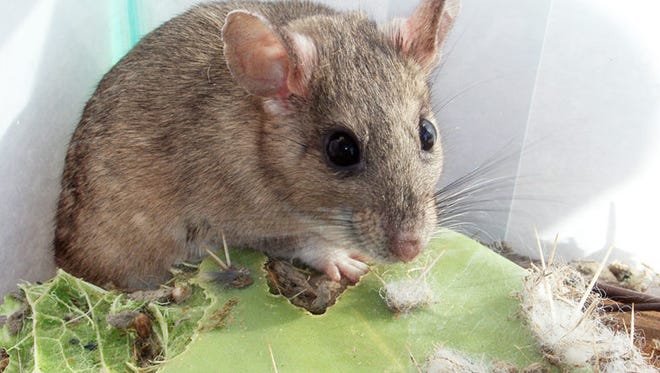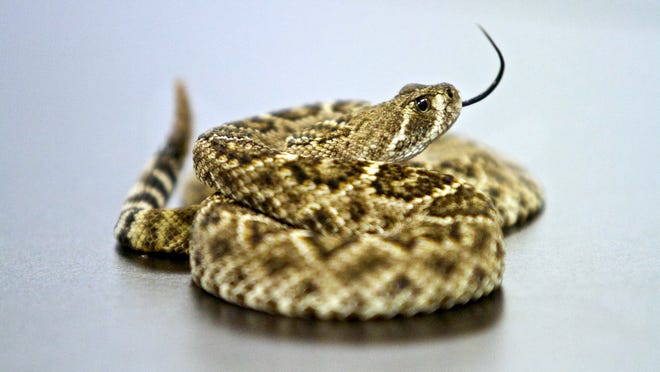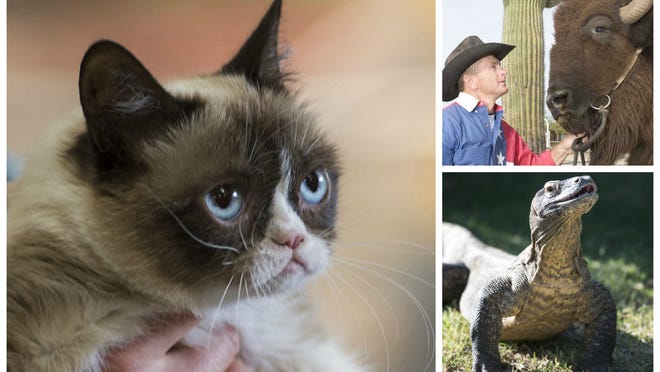What Is Burrowing In My Garden Utah Rats


Don't be fooled by the white-throated wood rat with its big, brown eyes, petite round ears and fluffy snout.
This seemingly innocent ball of fuzz is a Southwestern menace. And it can cost you.
The pack rat, or the Neotoma albigula as they are called, can do thousands of dollars of damage to cars and homes, even in a single night. They can be infuriatingly devious, and for many homeowners the thought of feeding it to a rattlesnake is not only appealing but in some cases practical, assuming you own a rattlesnake.
Pack rats often settle their nests under the hoods of in cars, in large piles of wood or garbage, and even in attics and cactuses.
Nesting in the hoods of cars
In one instance, a man from Tucson had $6,000 worth of damage done to his Toyota Tundra pickup. The culprit: a packrat.
Richard Wood, a private investigator who works on criminal justice cases, hooked up his horse trailer to his truck one day at his home in the Southwestern desert. As he started the vehicle, every display and light erupted into a chaotic cacophony.
Startled, he checked the car from hood to end and found that in the engine compartment, wiring insulation and whole undercarriage had been chewed through.
At the dealership, a technician found two dead pack rats in the engine compartment. But the rats died on the job, chewing through wiring.
"Pack rats are a huge problem in southern Arizona for destroying cars," Wood said. "They've adapted to us moving into their environment."
The pack rat is indigenous to the desert and has adapted to live on the fringes of human settlements. As urbanization spread across rural and desert areas, the packrat scourge has become more pronounced, with the need for experts to deal with it increasing.
Enter Tucson's own Kris Brown, A.K.A Mr. Pack Rat. He is one such expert.
He owns a business called, with some consideration bestowed to honor the rat, Mr. Pack Rat, which serves the local community as an "elimination" company that specializes in, you guessed it, pack rats.
"I'm a big believer in niche companies," said Brown, whose website brims with information on the whys, wherefores, cultural mores, environmental impacts and habits of the pesky pack rat. To look at the wealth of appreciative information on the critter, you might think that Brown has a certain affection for pack rats, even as he makes his living eliminating them. You would be right.
"I am amazed by them and their incredible abilities to find access points, to chew and generally to survive," he said with admiration.
A lot of trouble, but essential
While pack rats can be a nuisance, they are also an important factor of the desert Southwest ecology.
They have poor eyesight and are slow movers, which make them ideal meals for snakes, owls, bobcats and coyotes.
They live about two years and give birth to three or four offspring every six to eight weeks, which is arguably a pretty good definition of "prolific." They obtain all the liquid they require through the food they eat, so they do not need to be close to water.
Pack rats are the homesteaders and hoarders of the desert animal kingdom.
"What makes them such destructive creatures is that they'll use the same nest site for generations," Brown said.
Pack rats usually live alone, with one adult per nest. The nests are full of nature's leftovers. They can contain sticks, rocks and cacti pieces, among anything else the little creatures can get their paws on.
Brown says he's even found Army men (the little toy ones that is), and Whiffle balls among the sticks and twigs in the nests and jokingly adds that pack rats like to play games too.
Within homeowners inner sanctums, pack rats collect toys from all the little boys and girls who are unfortunate enough to leave their prized possessions outside. Brown adds that pack rats "don't need or depend on people, and will continue to live after people." However, they do seem to enjoy our stuff.
Not only do they affect human habitats, but natural ones too. And in this instance, their impact is beneficial.
They act as the desert landscape's natural tiller because their nesting upturns the soil, leaving a nutrient rich area when they move to a new nesting site.
"It is its own little rich environment of life," Brown said

What Is Burrowing In My Garden Utah Rats
Source: https://www.azcentral.com/story/news/local/arizona-science/2016/09/23/they-may-cute-but-these-southwestern-rats-pack-expensive-punch/90919694/
Posted by: ellingtonditer1959.blogspot.com

0 Response to "What Is Burrowing In My Garden Utah Rats"
Post a Comment